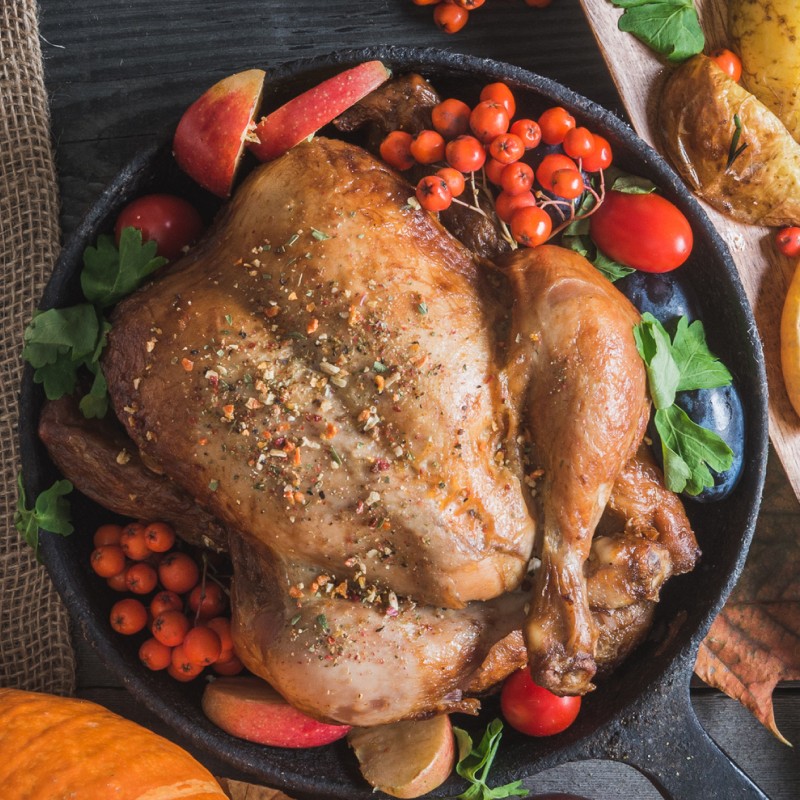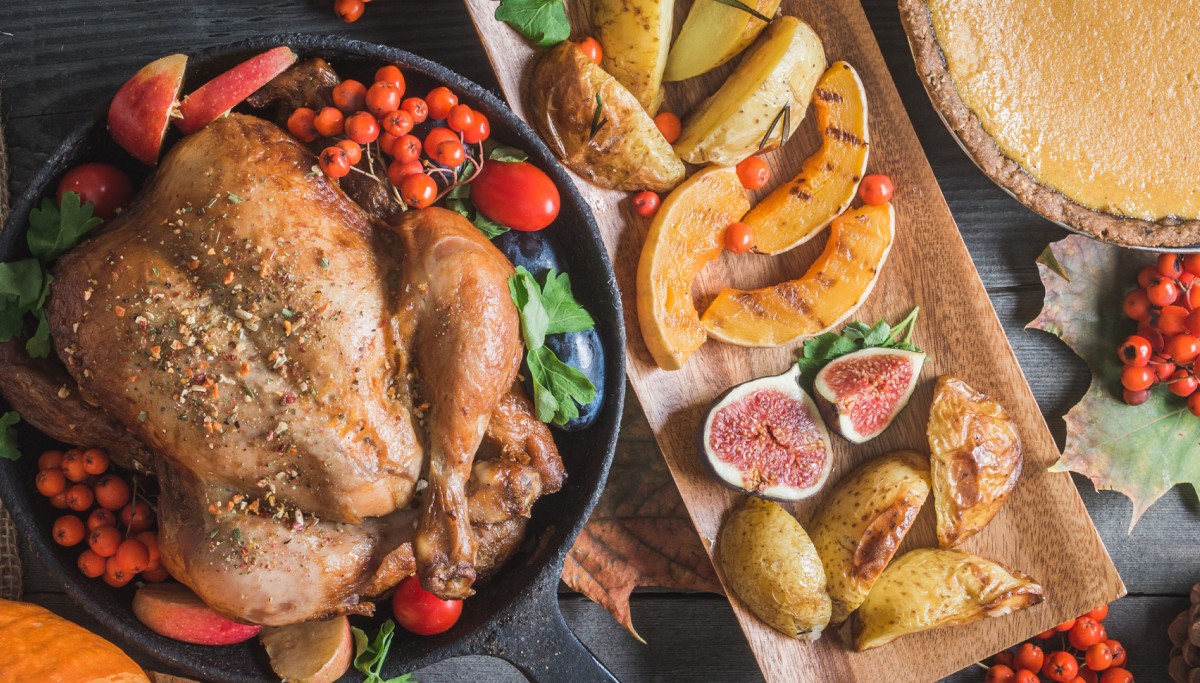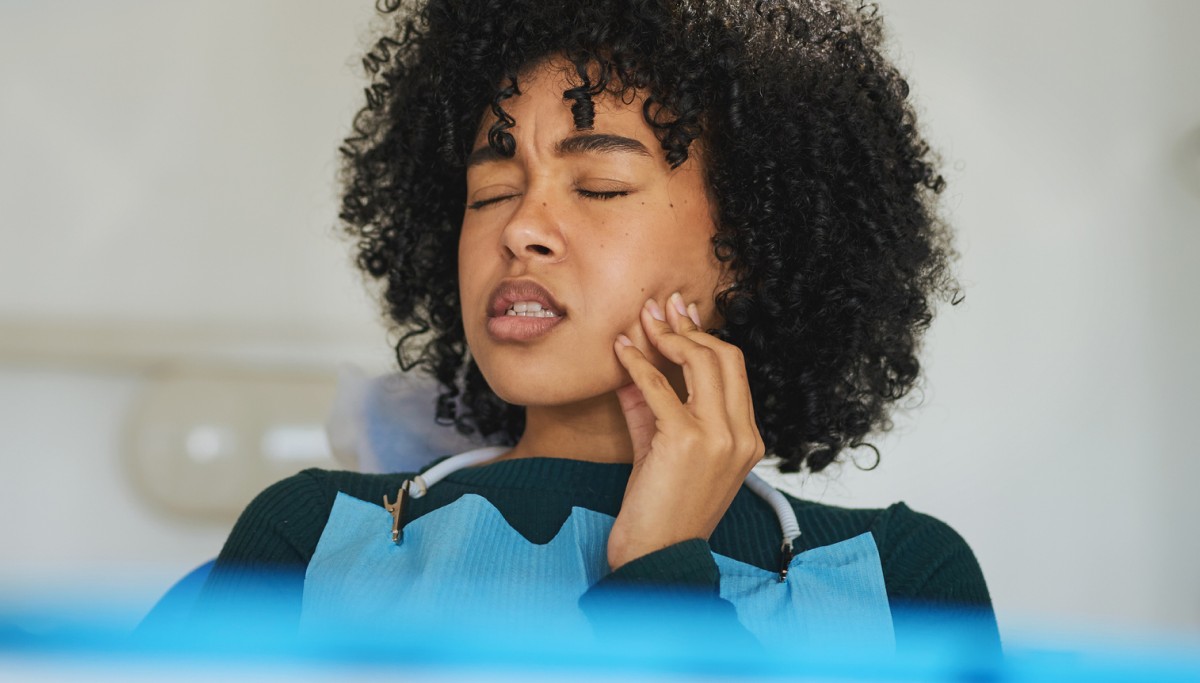The origins of holiday traditions
If you take the time to think about holiday traditions, some of them start to seem a little odd. Why do we eat candy on Halloween? What does turkey have to do with Thanksgiving and what’s the connection between kissing and mistletoe? We have a few answers.
Bobbing for apples
Today, bobbing for apples is common during autumn celebrations. But the activity actually began hundreds of years ago, as a courting ritual in Europe. Female bobbers would take turns bobbing for apples that represented different young men. If they got the apple in one bite, supposedly the love was meant to last.
Apples are great for your oral health. They stimulate your saliva production, which helps keep your mouth clean and they give you vitamin C for healthy gums. Unfortunately, there are oral and overall health drawbacks. When everyone bobs from the same bucket, you’re all exposed to each other’s bacteria from saliva and nasal mucus. We recommend just eating the apple instead.
Trick or treating
Halloween itself can be traced back over two thousand years, to an ancient Celtic festival called Samhain. This celebration included people dressing as ghosts, devils and other spooky creatures, which are costumes you could still see today.
Those in costume would perform in exchange for food and drink – an early form of trick or treating. This practice continued to evolve, eventually introducing the idea of going door to door for gifts of food, money or drinks from each household.
When you celebrate modern-day Halloween, remember that treats can wreak havoc on your oral health. To enjoy the holiday but still protect your smile:
- Drink water when you eat candy to wash down any remaining sugar before it can feed the bacteria in your mouth.
- Don’t overindulge – have a piece of candy or two at a time (preferably at mealtime, when you are producing more saliva keep your mouth clean.)
- Remember to brush twice and floss daily. Sleeping with candy on your teeth is a recipe for plaque and, eventually, tooth decay.
Turkey for Thanksgiving
A fun fact that may surprise you – Turkey wasn’t served at the first Thanksgiving. They likely ate deer, goose and duck as a main course. But annual meals giving thanks for the harvest were common in colonial times and by the early 1800s, serving turkey had become popular because it was affordable and plentiful.
It’s a good thing for your smile that turkey became so popular, too. The bird provides phosphorus and protein, both of which help your body build strong bones and teeth.
Gingerbread houses
A festive decoration and a sugary treat, gingerbread houses became popular after the 1812 publication of Hansel and Gretel. In that story, two children find a gingerbread house owned by a witch. Because the frosted windows and bright décor of a gingerbread house are reminiscent of Christmas, they gradually became associated with that holiday.
When it comes to health benefits, gingerbread houses could use a little renovation – the cookie (and the frosting used to decorate it) contain a lot of sugar, which can feed the bacteria in your mouth and lead to cavities and tooth decay. On the positive side, ginger supports strong gums by reducing inflammation and providing antioxidants. Just make sure you don’t eat the whole house.
The connection between stress and TMJ
Clenching your jaw from stress can cause damage to your teeth, but did you know it can also cause long-term jaw pain?
How technology is transforming dentistry
This technology is revolutionizing dental care, making procedures quicker, less painful and sometimes even more affordable.
Ready to give your eyes a workout?
Eye exercises don’t improve your eyesight, but over time, they can improve the way your eyes work together.








